The best fidget toys for kids or teens with ADHD or anxiety - These calming toys are good for children and adults at home, school, or work. Most are quiet, silent even, so they can be used in preschool, in a traditional classroom, or any situation. Great way to calm down and improve behavior.
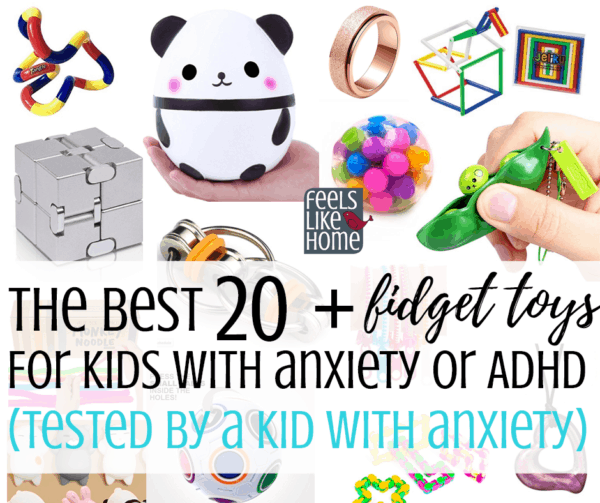
My Gracie loves fidget toys and always has. She plays with them constantly, while reading, while watching tv, anytime she's sitting still including in the car. All. the. time.
As I have written many times before, my daughter suffers from an anxiety disorder. She has anxiety about all sorts of different situations, and she sees both a psychiatrist and a therapist to help her to manage.
Before the last month, we never had a reason for her fidgeting. In fact, her psychiatrist said it was ADHD. I used to disagree that there was an attention-deficit issue going on, but now that I've learned more about ADHD (and been diagnosed myself!), I realized that there's something to that as well.
Kids with ADHD struggle often with impulsivity and inattention. Both of these are helped by fidget toys, as the toys soak up all the excess energy and help the children to focus on the task at hand without distractions.
My daughter was also recently diagnosed as autistic. Kids on the autism spectrum and those with sensory processing disorder also benefit from fidget toys. These kids may need to stim, and fidget toys are perfect for those repeated, almost involuntary, movements.
My daughter's therapist, who we started seeing only recently, suggested that the fidgeting helps Grace to deal with her anxiety in a very unobtrusive, unconscious way. It's an easy distraction that helps her to focus on something other than her runaway thoughts.
I'm all for her doing whatever helps her to deal, so I have continued to encourage her to fidget all she wants. I've been buying her fidget toys for years, and I allow her to spend her birthday and Christmas money as well as allowance dollars on fidgets if that's what she wants. (And it always is.)
Grace herself made this list of the best fidget toys for kids. This entire post was her idea because she thought what she has discovered about her anxiety might help other kids.
Keep in mind that my daughter is older, and I don't have to worry about small parts presenting a choking hazard. If your children are younger, under 3 or 4, please use caution and be alert as to what would be appropriate.
The Best Fidget Toys for Kids With Anxiety or ADHD
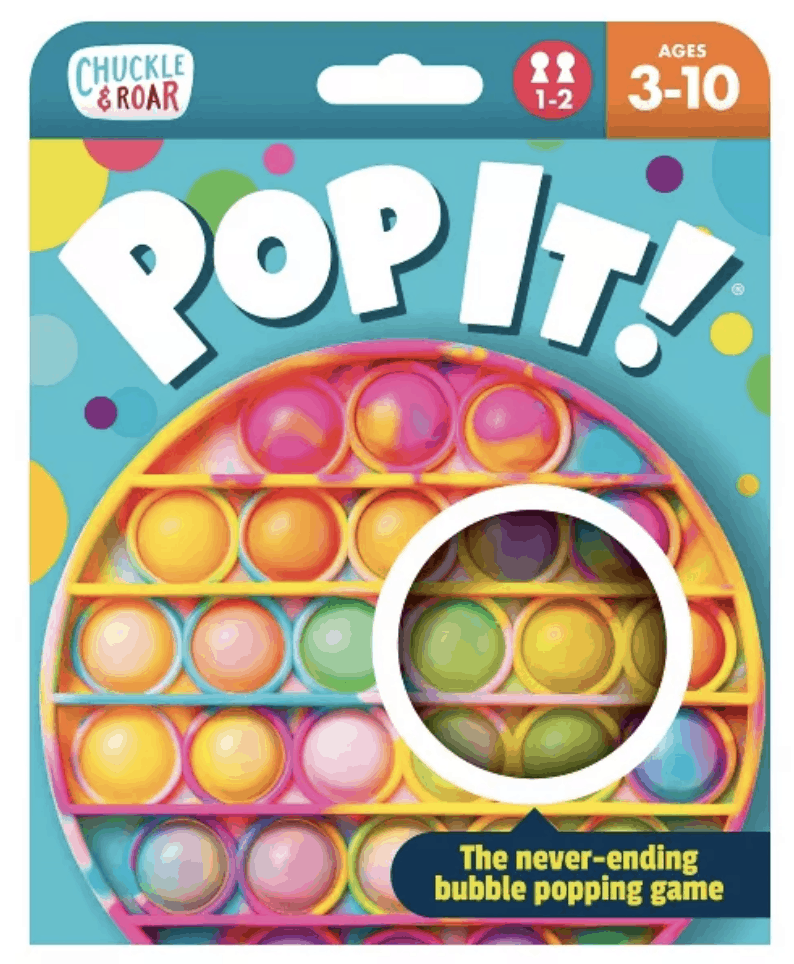
- Pop-Its - Grace has been interested in these bubblewrap style toys forever, but we didn't get one until just recently. Let me tell you, she is in LOVE with this thing. First of all, it has a cool tie-dye pattern which she likes, but more than that, she loves popping the bubbles and does so endlessly. It is totally silent which is nice, so she can take it anywhere and it doesn't get on anyone's nerves.
- Tangle - Tangles have long been one of Grace's favorite fidget toys. She has a bunch, and if you follow me on Instagram, you may have seen her wearing a couple strung together as a necklace. She usually has a Tangle with her and works on twisting and breaking and reattaching the pieces all the time. These also come in different textures for a different kind of sensory experience.
- Squishies - Grace loves squishies and always has a few with her everywhere she goes. Most don't last long, being made of a sort of memory foam, but they aren't usually expensive so it's not a huge deal. Squishies are great for squeezing when you feel tension in your hands, arms, or shoulders.
- Mochi squishies - Okay, so these are squishy toys, but they are pretty different from the foam ones I linked above. Grace loves these and says they're her favorite of her squishies and better than stress balls because they last a long time and they're squishier (which I realize makes no sense, but if you have the foam ones and the mochi ones, you will see what she means). They're made of TPR (thermo-plasticized rubber) which feels a lot like squishy silicone, and they are almost always shaped like cute animals with big, fat bellies. She carries a couple of these with her everywhere she goes.
- Fidget cube - A fidget cube is a palm-sized box that has a different fidget on each side, six in all. Grace's has a little ball to roll, gears to click, a switch to flip, a joystick, buttons, and several other toys. These are really neat.
- Infinity cube - Grace's friend's dad 3D printed her (the friend) one of these, and Grace loves the little device and now wants one of her own. It is a cube that unfolds and unfolds and unfolds.
- Spinner ring - Grace just ordered one of these after wanting one for a long time. It's a ring that you wear on your finger, but it has 2 pieces. The inside piece stays still on your finger, and the outside piece rotates 360 degrees around it. Grace says she read all the reviews, and they claim that it runs small, so take that into consideration if you buy one.
Update (4/2021) - Grace has worn this ring continuously since she got it in August 2018. She loves the sensations of swirling the ring with her thumb. - Jeliku toy - I got Grace one of these for Christmas this past year, and she plays with it all the time. It is a strange little square made up of squares and rectangles that fold and unfold on themselves.
- Squeeze Bean - Grace ordered a pack of these with her own money. They look to me like a sugar snap pea pod with little peas inside, but the manufacturer claims it's a bean. Whatever. The beans inside are super cute and pop up and down when you squeeze them. They are really neat to play with, but we have found that they don't last as long as some of the others on the list. Still, they are cheap, so if we get 6 months out of one, we are happy.
- DNA Balls - Grace doesn't have these exact stress balls, but she has something very similar with Orbeez inside. The idea is that it's a clear, stretchy ball (like a squishy) that is stuffed full of smaller, colorful balls. Hers is one of her favorite tactile fidget toys and she never lets Allie touch it. I recently found some of these balls inside a mesh material which made the Orbeez squish out, making bubbles. Grace is getting those for Christmas.
- Flippy fidget - This is like a piece of bike chain that you can flip over and over. It's more durable than most as it is made of metal, and it is totally silent which makes it good for school or for kids who are bothered by noise. There are lots of different brands of these in many different sizes. Grace's is on the small side.
- Monkey Noodles - These are also called Stretchy Strings. They're rubber strings, about a foot long, that come in a variety of colors, and you can stretch and bend them. According to Amazon, they can stretch up to 8 feet, but some of the reviewers had them snap in half in a much shorter distance, so I wouldn't try to break any world records. Grace got some of these in a fidget toy package she bought with her own money, and these were her favorite items out of all 30. She loves swinging them like a lasso around her head. I think these would be great for young children because there's nothing to break off or eat.
- Zipper bracelet - Grace has a purple zipper bracelet and likes it. It's not an overt fidget toy which makes her feel less self-conscious about carrying it around. But when she has some nervous energy to work out, she can zip and unzip to her heart's content.
- Fuzzy Tangle - I know Tangle is already above, but Grace wanted to list this one separately because it's fuzzy and she loves fuzzy things. We watched a YouTube review that said the fuzziness does eventually wear off with use, but Grace isn't bothered by that. She loves the soft flocking texture on her fuzzy Tangle.
- Fidget Spinner - Everyone knows about fidget spinners, right? They're every teacher's nightmare, but they really do help anxious and nervous kids to get their energy out and calm down. They also help kids with attention deficit hyperactivity disorder to focus. I got these for each of my girls when the fidget spinner craze first hit, and they are by far the best ones we've ever had. They spin a long time (up to 5 minutes from a single spin!), they're well made, and the materials are high quality. Definitely worth the extra cost.
- Snap and click fidget - These loops are really cool. They're made up of little pieces that are joined together in a loop. When the joint between two pieces is snapped, it makes a sort of loud clicking noise. Grace loves them and makes all kinds of shapes with hers.
- Verbaby cube - This is a really neat puzzle toy. I don't understand why it's called a cube because it's really a ball, but Grace says that isn't important. The idea is that it has little 12 holes in it, each with a colored ring around it, and there are 11 little colored marbles inside. You have to press the ball into the sphere and get it to pop out in the hole with its color. It's pretty neat, and I want one of my own because my kids never let me touch theirs. This is almost like a Rubik's Cube except not impossible to solve.
- Crazy Aaron's Thinking Putty - Grace is a Crazy Aaron's super fan. She has at least 15 tins of Crazy Aaron's Thinking Putty - everything from the rose-scented Love is in the Air special edition to glow in the dark putty to magnetic putty to hypercolor putty which changes color as you play with it. They make all kinds of putty, but she says her favorite is the Super Illusion line because it has an interesting sheen about it. She said to tell you to stick to the 3.2 oz container because it is a much more satisfying clump. Also, Crazy Aaron's does not dry out like slime or play dough so it basically lasts forever. She's had some of hers for 5 or 6 years, and it's still perfect.
- Chewy necklace - I'm not so sure if this is a fidget toy as much as a sensory thing, but either way, it works for anxiety and the need for motion. I got Grace a Chewigem for Christmas in 2017 even though Joe thought it was stupid. She loves it and wore it pretty much every day for a couple of years. If you're unfamiliar, it's a necklace that looks like normal kid jewelry, but it's made of a slightly soft yet firm rubber material that is perfect for chewing. Before she had this necklace, I was buying Hubba Bubba gum practically by the case. Now, she almost never asks for it because her necklace satisfies that need. It's perfect and way cheaper than the gum habit.
- Loopeez - These are a lot like the Flippy Fidget above, but made of plastic. They're also bigger than I expected, totally filling Grace's 11-year-old hand. Basically, they are hard plastic loops with softer plastic pieces that allow you to flip them over and over. I like them because they're totally silent, and Grace likes them because they are easy to turn and sparkly.
- Bubble wrap phone case - Grace loves this, but will not be getting it because she lost the old phone her dad gave her. It's a neat idea, the back of the phone case is covered in "bubbles" that pop like bubble wrap. You can pop them over and over again, and they make a noise when you pop them.
Fidget toys and sensory toys are so good for a variety of kids, including those with anxiety, ADD/ADHD symptoms, sensory issues, and even just "normal" ones! They give kids something to do with idle hands, increase focus, and help kids to occupy themselves during down times. Grace thinks they're great, and I agree.
If your kids love fidget toys (and what kids don't???), I'd love to hear in the comments below which are their favorites!
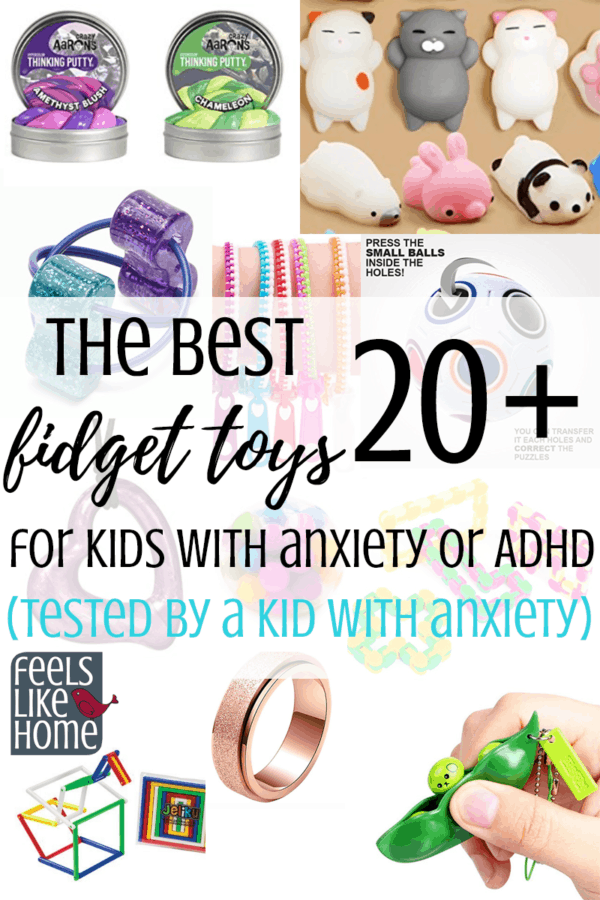


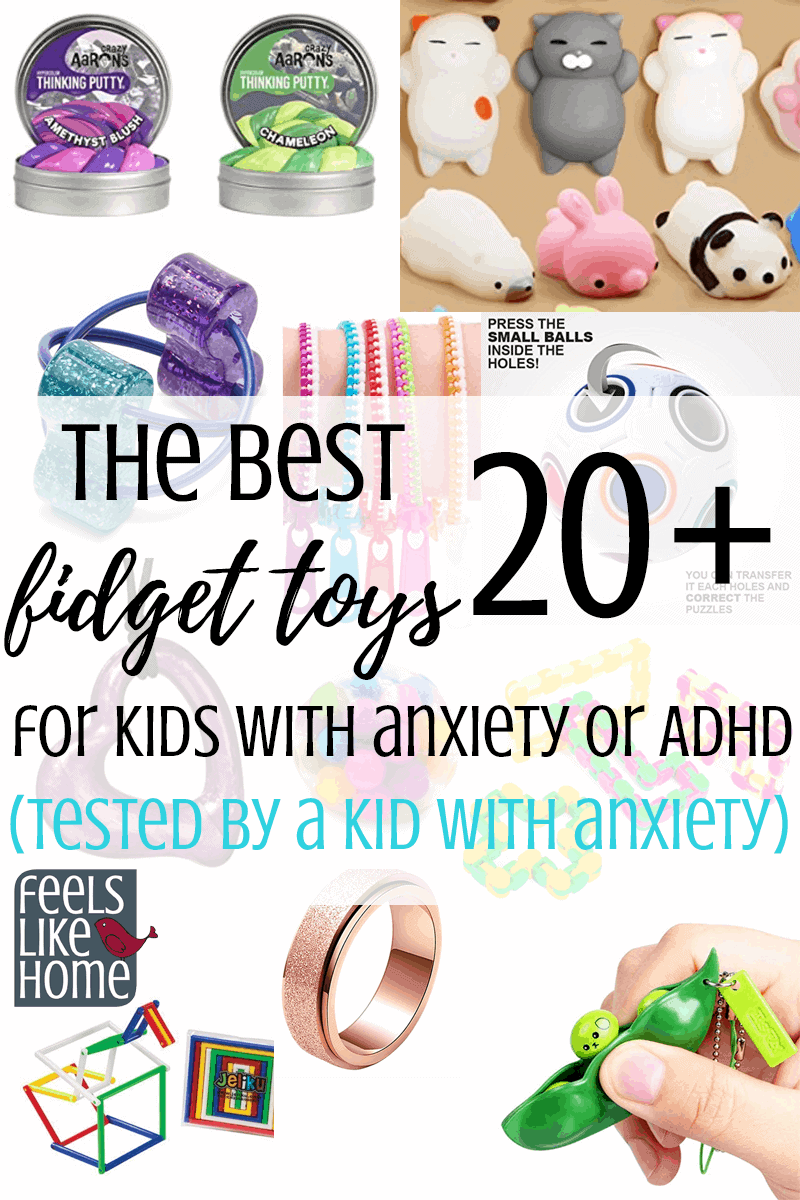

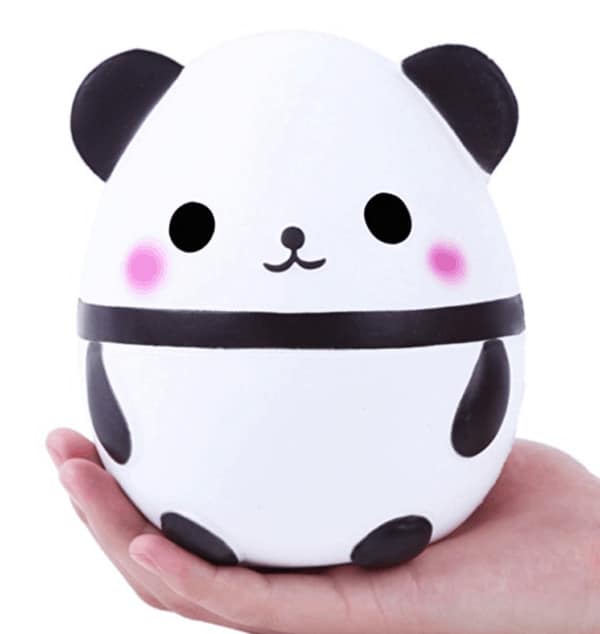
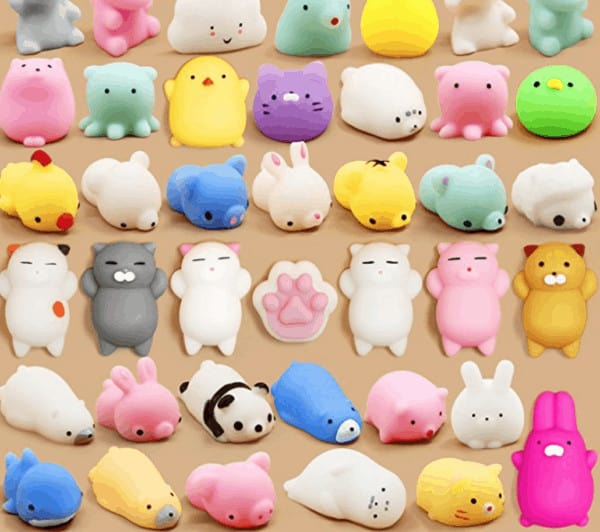
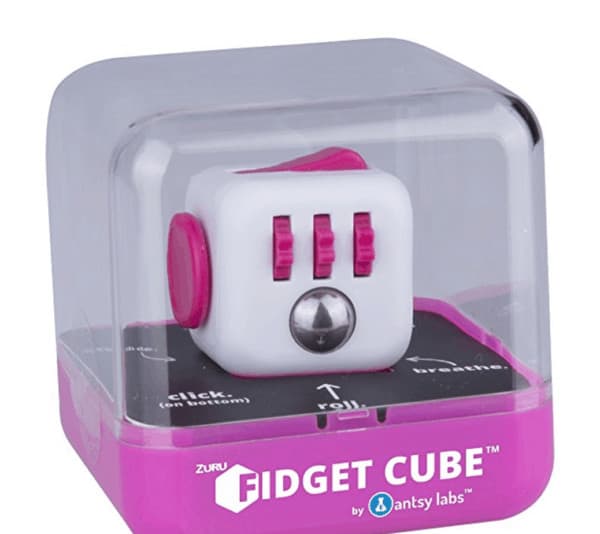
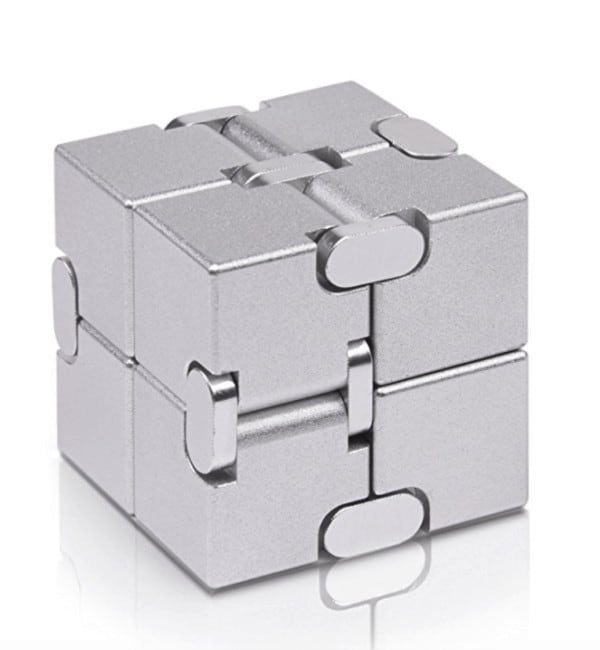

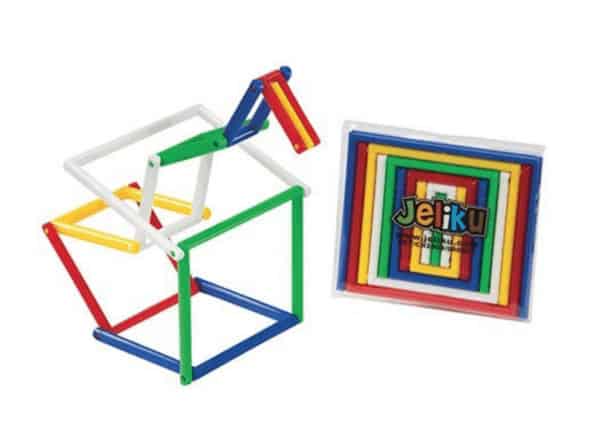
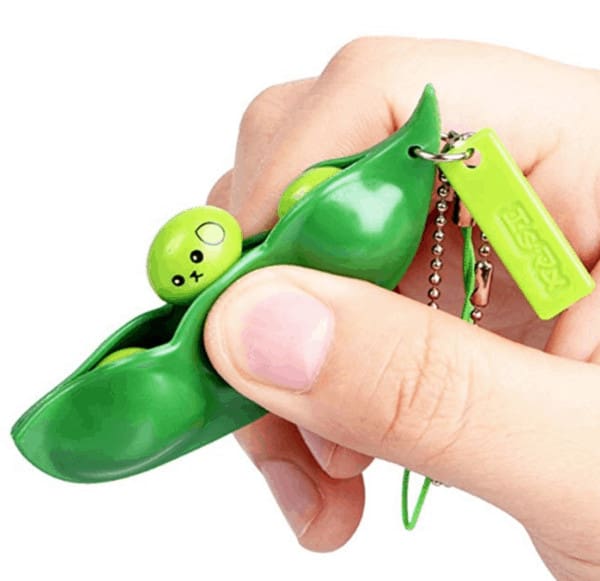
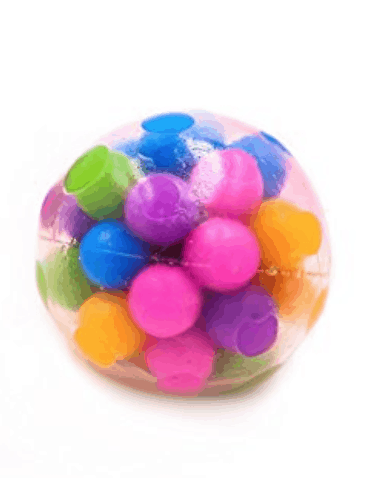
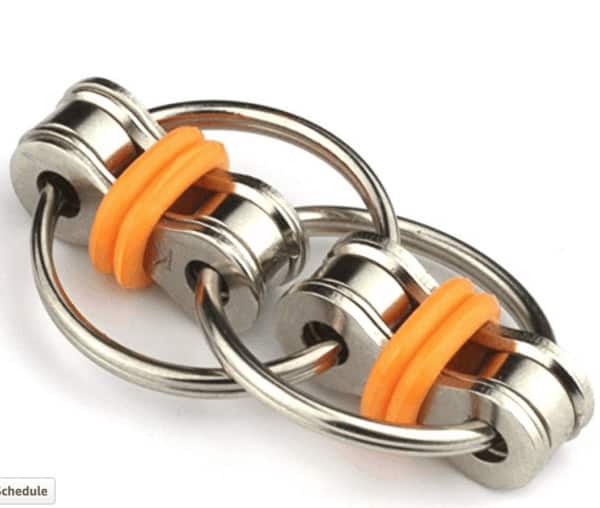

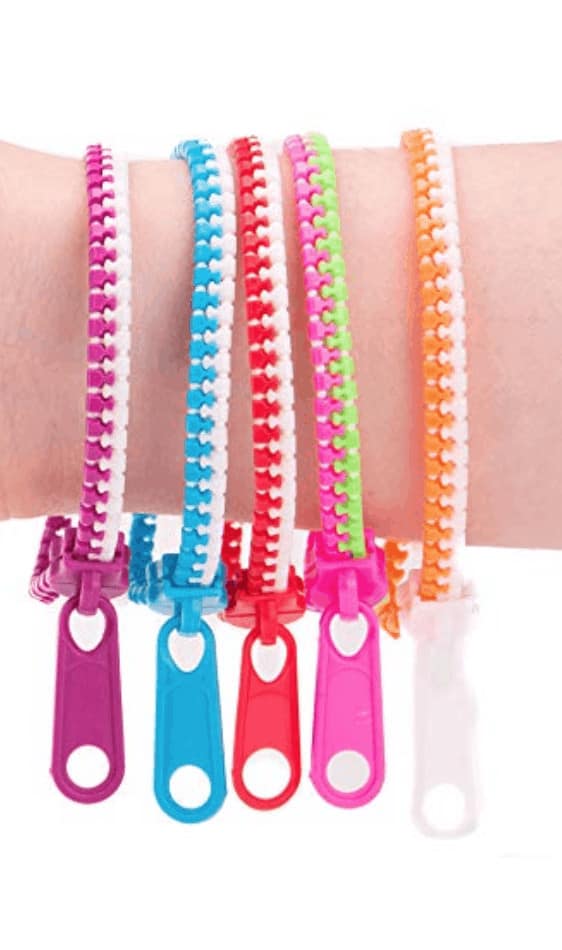




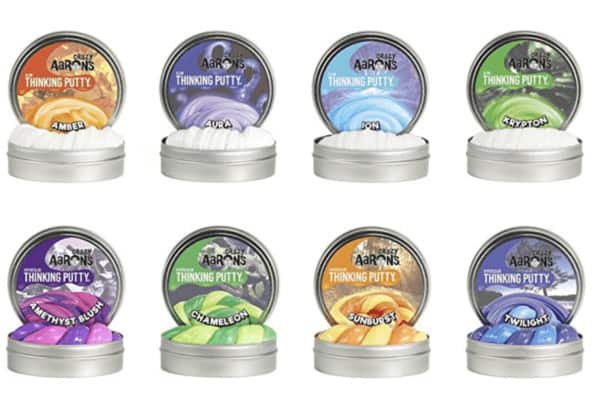
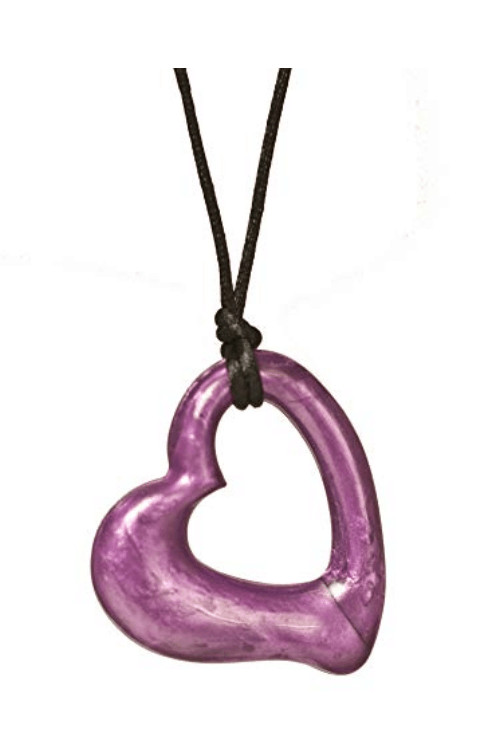

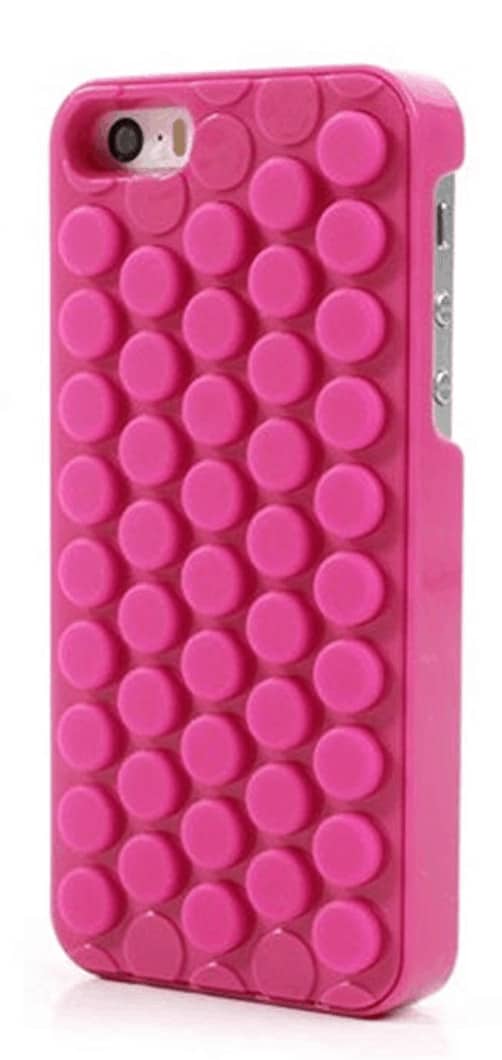


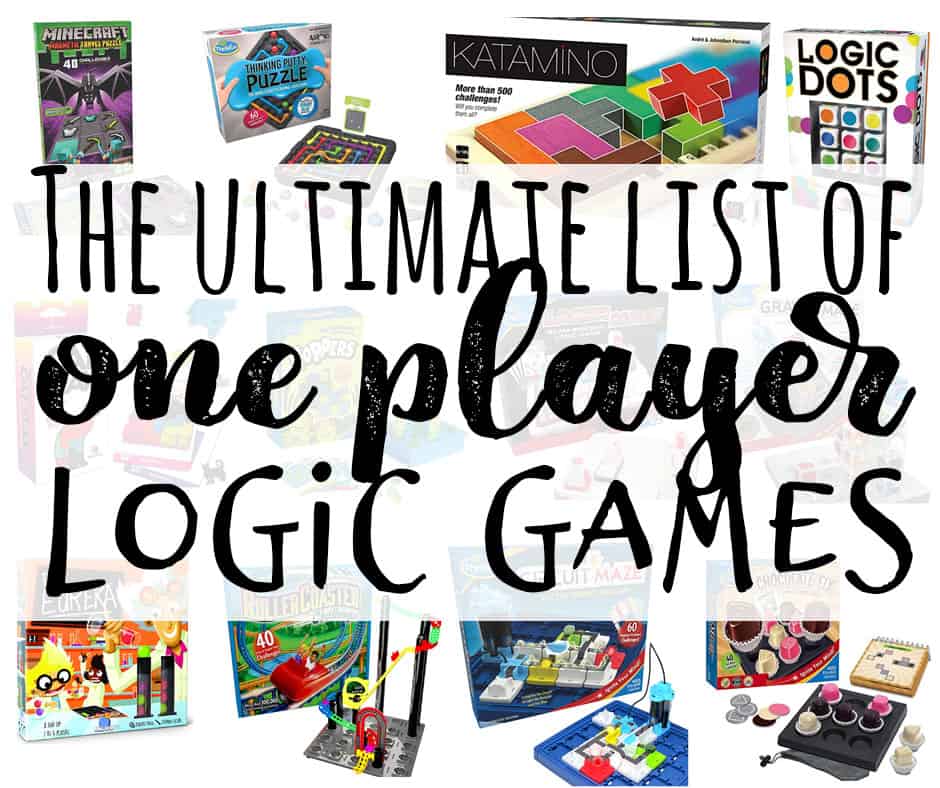

Anna plachkova says
my favorite fidget are pop its and fidget cubes because they are classroom freindly fidgets help me with my social anxiety
Adhd says
It helps me alot!! I have ADHD I have most of these fidgets, but now I know some of them to buy now!!!!